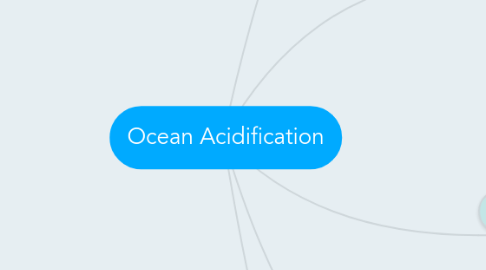Ocean Acidification
af anni san


1. Bibliography
1.1. http://ocean.nationalgeographic.com/ocean/explore/pristine-seas/critical-issues-ocean-acidification/
1.2. http://www.biologicaldiversity.org/campaigns/endangered_oceans/infographic.html
1.3. http://ocean.si.edu/ocean-acidification
2. What are the impacts of it?
2.1. Unable to calcify and build skeletons
2.1.1. (clams, oysters, coral, urchins, starfish)
2.2. Plankton dissolve in acidified waters
2.2.1. Animals higher up the food chain do not have enough food
2.3. Corrosive to shells
2.4. Encourages growth of algae, which kills coral
2.5. Acidification of fish blood
3. How can it be prevented?
3.1. Reduce CO2 emissions
3.1.1. Use clean energy
3.1.2. Walk and bike more
3.1.3. Carpool
3.1.4. Turn off unnecessary switches
3.1.5. Reduce, reuse, recycle
4. How can it be fixed?
4.1. It's hard to fix ocean acidification- once its in, it can't be reversed
4.2. Geoengineering (technology to help us reduce carbon dioxide by manipulating the earth)
4.2.1. Man-made phytoplankton blooms that absorb atmospheric carbon dioxide
5. How have I contributed to it?
5.1. I use a significant amount of CO2 every day
5.1.1. Help by reducing carbon footprint
6. What is it?
6.1. CO2 that is released into the air is dissolved into oceans
6.2. 30% of CO2 is dissolved into oceans
6.2.1. Absorbs 22 million tons of CO2 a day
6.3. pH levels in oceans falling (getting more acidic)
6.3.1. pH has changed from 8.2 to 8.1 from the Industrial Revolution
6.4. Depletes the water of compounds and nutrients that marine animals need
6.4.1. CO2 gets broken down and recombined to make carbonic acid
